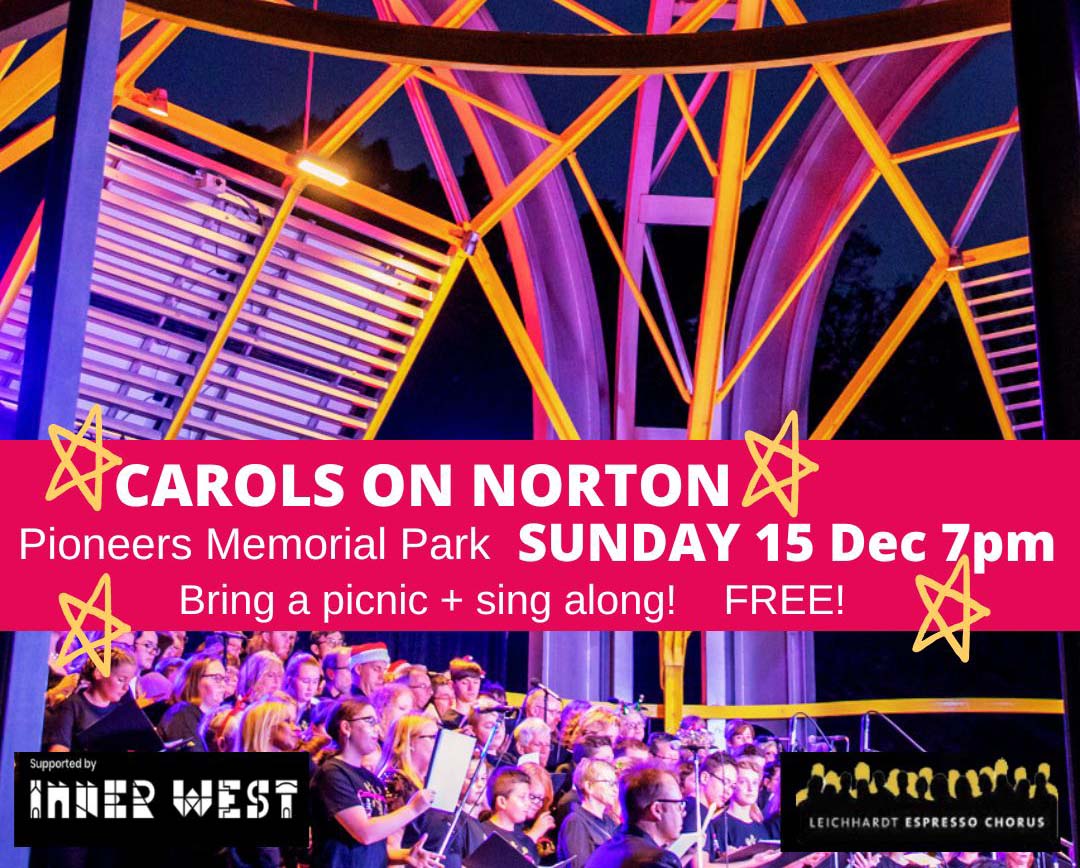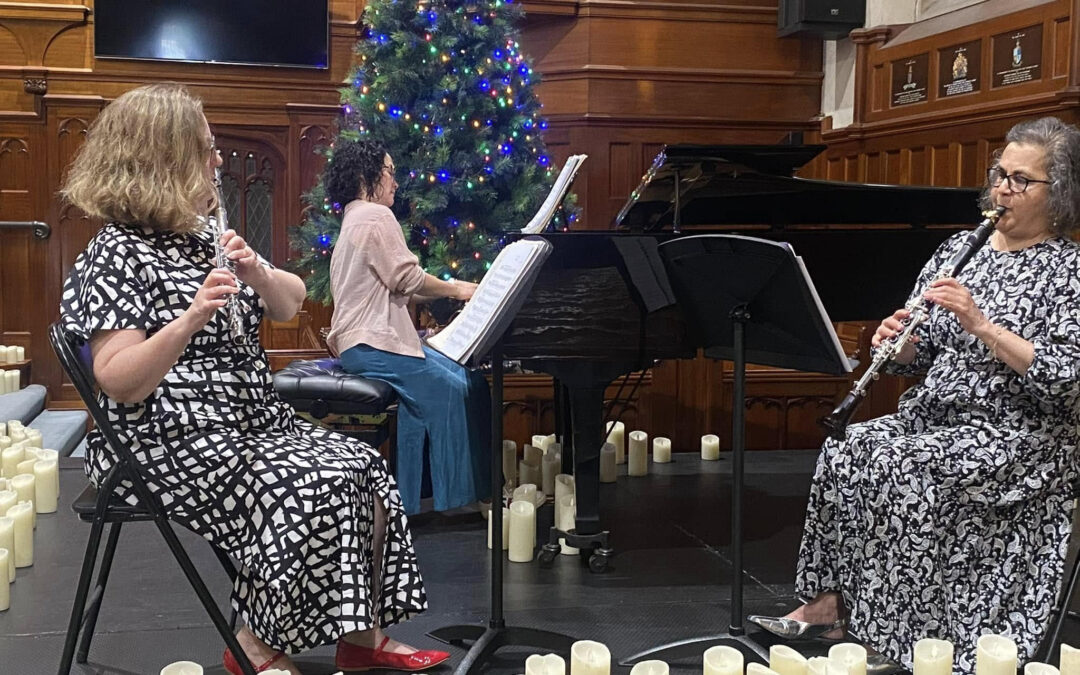The Early Music Collective Sydney | The Inspired JS Bach Return from Lübeck
May 2, 2024, St Brigid’s, Marrickville, NSW
The Early Music Collective’s ‘The Inspired JS Bach Return from Lübeck’ was a fantastic program. The first half presented works for smaller ensembles, allowing each instrument group to have the spotlight, before coming together for Bach’s profound Actus Tragicus in the second half. I find this way of programming compelling, as it allows the listener to hear each instrument in different lights. Especially if one wasn’t familiar with these early instruments, this concert gave a wonderful insight into the vast capabilities of each instrument.
Two motets by Heinrich Schütz from his Cantiones sacrae opened the concert. The four voices, gorgeously blended, were supported by the continuo. I was struck immediately by the professionalism and precision of this ensemble.
Telemann’s Sonata No. 4 in G minor for two recorders, performed by Karen Carey and Susan Sukkar, presented a completely new sound world. The two recorder voices were superbly in synch with one another, creating a strong sense that they were the same instrument. And yet, simultaneously, the clarity of both voices meant every subtle moment of variation and dialogue was heard. The solidity of the church, with the white marble columns of the Baldachino and angels forever blowing their trumpets into the air, provided an impressive setting for the recorders’ tones to dance freely in the space.
Shaun Ng and Ruby Brallier’s viol playing brought new colours and textures to the fore once again. Throughout the six alternating Adagio – Allegro movements of Johannes Schenk’s Sonata no. 3 in D major, there were moments which had an air of improvisation, an almost instinctive musical unfolding. These two musicians gave the audience moments of complete serenity and beauty. From the opening Adagio movement, their intensity and ease of playing made these musicians wonderful to watch. The two voices moved as one with an intimacy and strength that was mesmerising.
Following this, the impressive sound of the recently restored 19th century organ, was a musical force behind the pews. After the initial (and almost instinctive) turning of heads to the front of the church to get a glimpse of the action, everyone returned to face the altar, and settled into a purely aural experience of Buxtehude’s Passacaglia in D minor. Kurt Ison’s control of the instrument and dramatic dynamic and expressive variations offered yet another world of sound.
Bach’s Cantata ‘Gottes Zeit ist die allerbeste Zeit’, also called the Actus tragicus, merged the vocal and instrumental independence of the first half. While the work is also often performed with choir and soloists, the decision to have one voice per part made for an intimate yet powerful rendition. The opening Sonatina’s mourning recorder lines in quasi-unison and the steady string notes created a hauntingly beautiful effect.
Some highlights included Richard Butler’s striking ‘Ach, Herr, lehre uns bedenken’ aria and Josie Ryan’s emotional plea with ‘Ja, komm, Herr Jesus’. Will Varga’s thoughtful phrasing and rich tone in the aria ‘In deine Hände’ was joined by Catherine Upex’s expressive violoncello accompaniment. And David Greco’s powerful ‘Bestelle dein Haus’ balanced beautifully with the active arpeggiated recorder voices.
Before Kurt Ison closed the concert with Bach’s chorale prelude ‘Valet will Ich dir geben’, the ensemble led the audience in the hymn ‘All Glory, Laud and Honor’. Involving the audience in the concert was a unique addition. Karen Carey’s encouraging gestures and the smiles from the ensemble surely made the audience feel at ease to sing. I heard many enthusiastic voices. I hope the person near me who, before the concert, had exclaimed, ‘Do we have to sing??’ ended up enjoying the experience as much as I did. One can imagine that some may have even taken the hymn home with them to sing again.





























